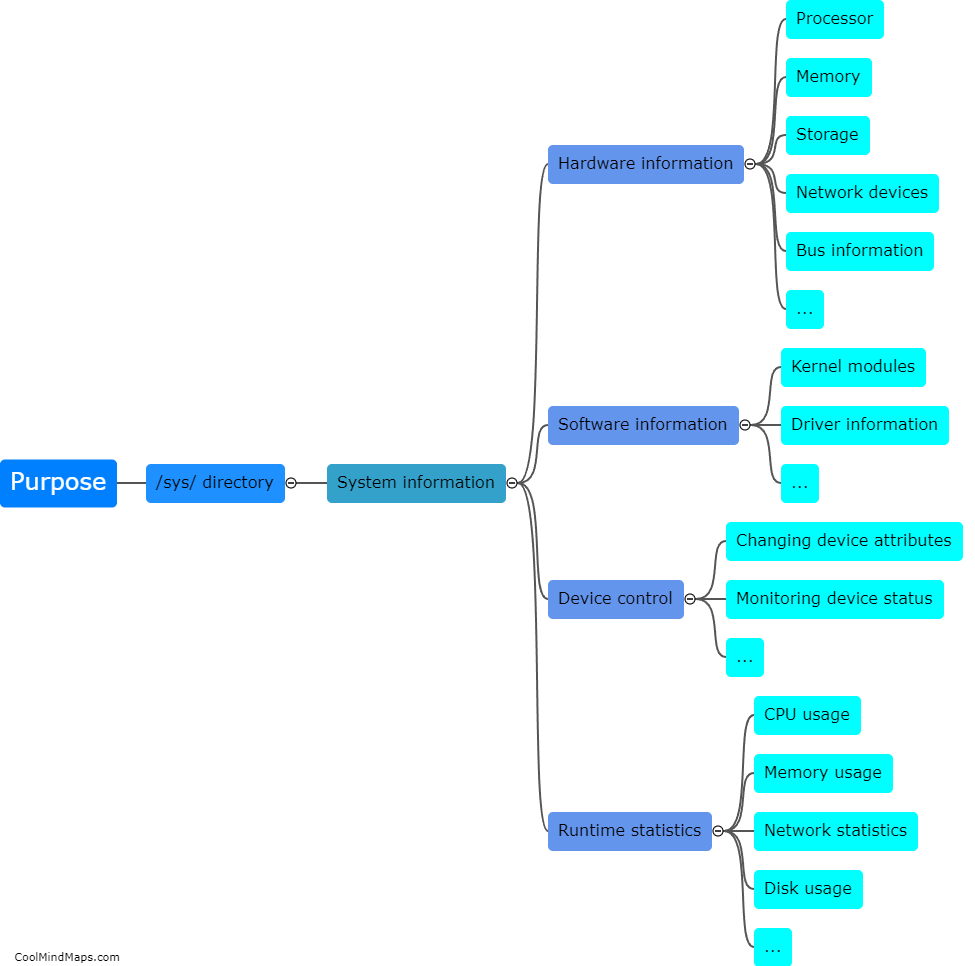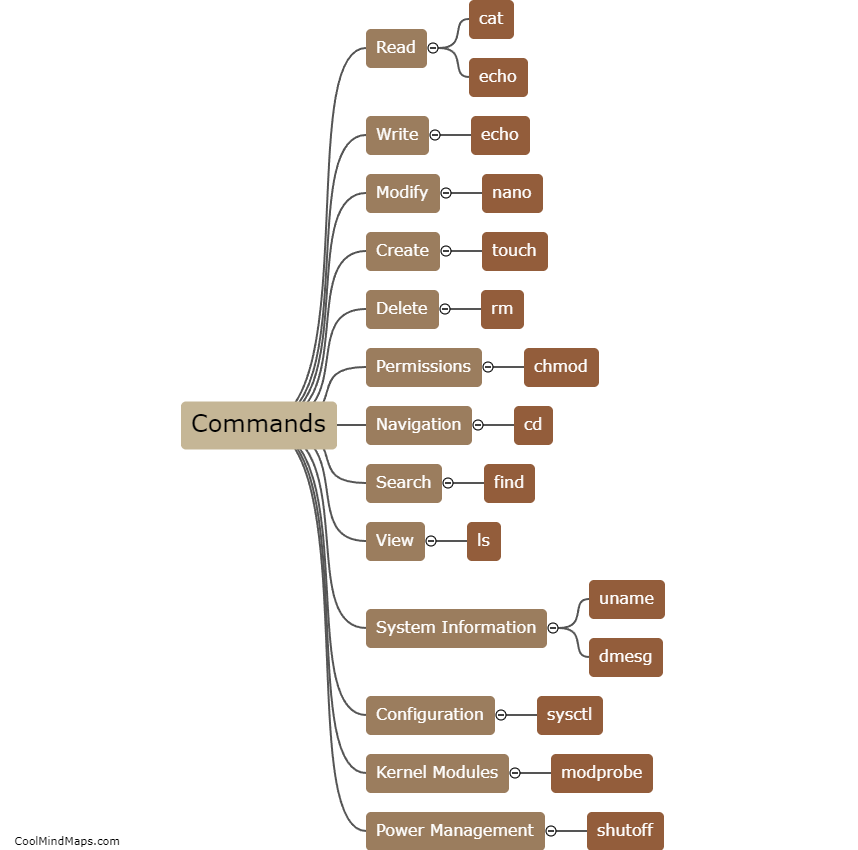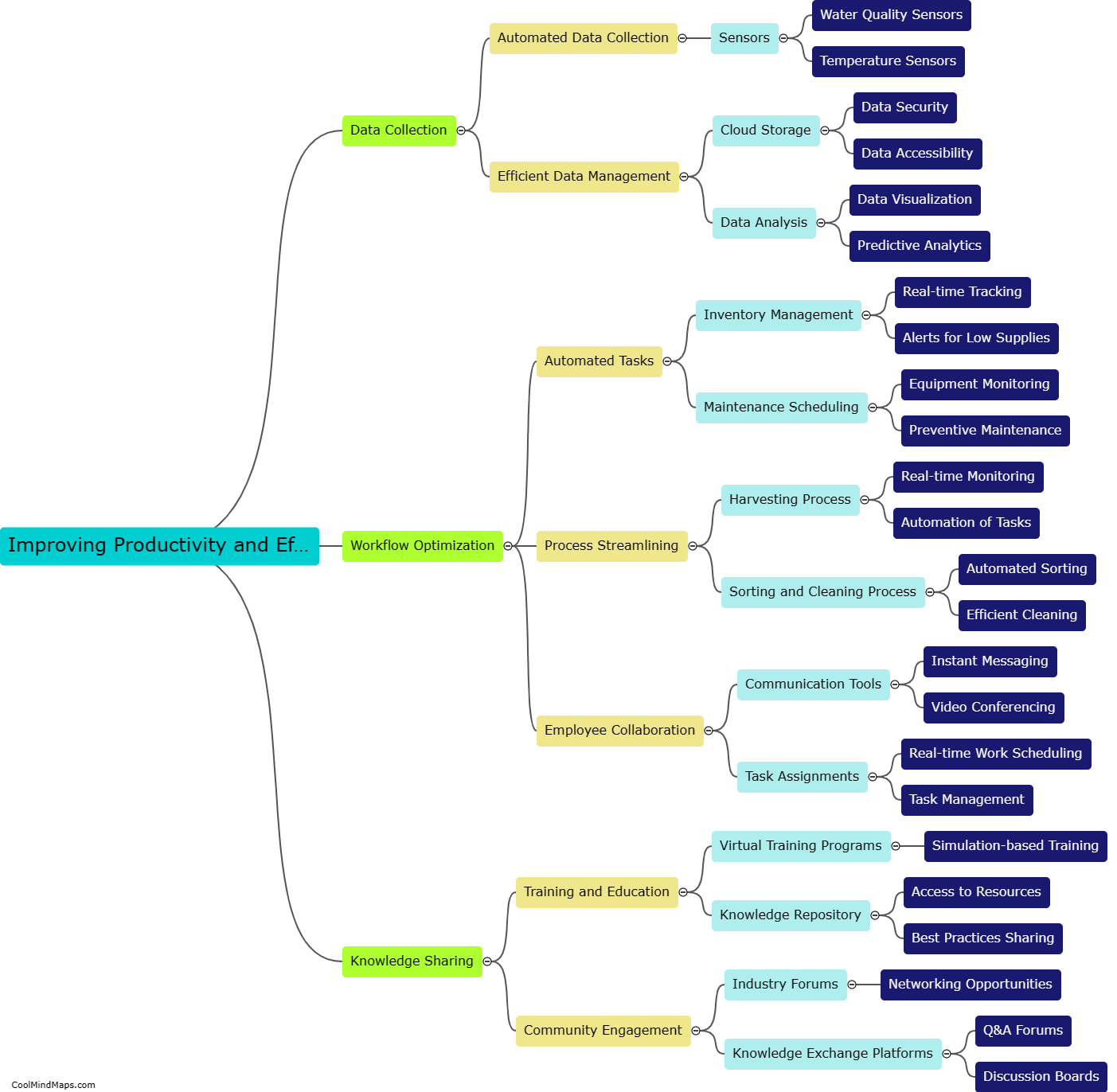How do I use modprobe to manage kernel modules?
Modprobe is a command-line utility in Linux used to manage kernel modules. It allows users to insert, remove, or manipulate kernel modules on-demand, providing dynamic module loading capabilities. To use modprobe effectively, various options and arguments can be used to perform specific actions. For example, the "modprobe -l" command lists all available modules, while "modprobe module_name" inserts a specific module into the kernel. To remove a module, "modprobe -r module_name" can be utilized. Additionally, modprobe allows the automatic resolution of module dependencies by loading all required dependencies. Overall, modprobe plays a crucial role in managing kernel modules and enhancing flexibility in Linux systems.

This mind map was published on 2 January 2024 and has been viewed 96 times.











